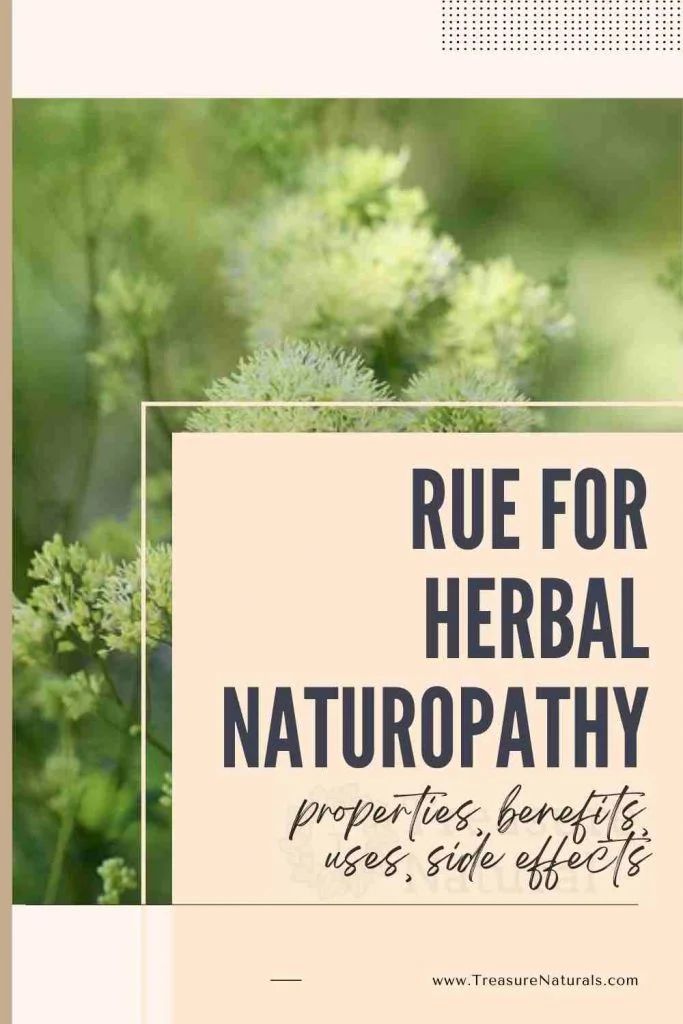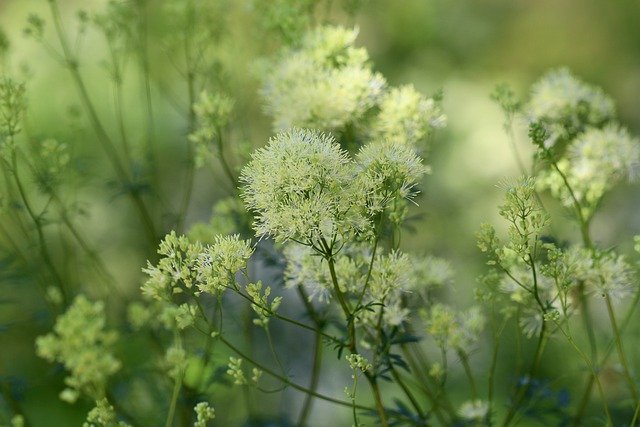
Once used as a digestive, to stimulate the menstrual cycle and against pains, rue is no longer used today, except in homeopathy. In herbal medicine and phytotherapy, on the other hand, rutin is used.
Rue, whose scientific name is Ruta graveolens , belongs to the Rutaceae family. It is a remedy used in the past for various ailments, today not recommended due to its toxicity.
Properties of the rue
Rue is a spontaneous plant once traditionally used for its emmenagogic properties, stimulating on the muscles of the uterus, vasculoprotective, digestive and revulsive .
To serve the route
The aerial parts of the route were used, rich in essential oil, flavonoids (rutin), anthocyanins, coumarins, furanocoumarins and alkaloids. Rue was used in the form of infusion, powder, fluid extract.
Today the use of rue is not recommended due to its toxicity and it is preferred to use only its main active ingredient, rutin.
Rutin extracted from rue has vasoprotective properties and is useful in increasing the resistance of capillaries and in contrasting venous insufficiency and hemorrhoids.
What can be done with the rue
Rue, harvested spontaneously, is used in small quantities to flavor salads and other dishes, to flavor liqueurs, prepare rue oil and make grappa. Liqueurs and grappas are prepared with a few sprigs of rue herb and are useful for improving digestive processes, reducing spasms and abdominal swelling.
Due to its toxicity, rue should still be taken in moderation and in small quantities. The sprigs of rue, placed in the house, keep mice and mosquitoes away due to the aroma emanating from the plant, unwelcome to rodents and insects … The cultivation of rue in the garden also seems to prevent the presence of vipers.
How to use the route
The rue plant and its extracts are no longer used. Instead, rutin in tablets is used, at a dosage of 100 mg per day, often associated with vitamin C.
The route in homeopathy
Rue is used in homeopathic anti-inflammatory remedies. Rue in homeopathy is recommended, for example, to treat osteoarticular and muscle pain, trauma, bruises and rheumatic diseases.
Contraindications of rue
Rue can cause severe gastrointestinal inflammation with tremors, convulsions and dizziness. This plant also has an abortive action due to its toxicity and the stimulating action on the muscles of the uterus.
The use of rue during pregnancy is therefore absolutely contraindicated, even in small doses and for food purposes. Rue is also photosensitizing and irritating on skin and mucous membranes, therefore topical use of rue is also not recommended.
Description of the plant

The rue plant is a perennial herb that can reach eighty centimeters in height, producing herbaceous stems that bear tripinnate leaves. The flowers of the rue are small, inconspicuous, yellow in color and gathered in corymb inflorescences. The fruits are capsules containing numerous seeds.
Habitat of the plant
The rutà plant is native to southern Europe. It grows spontaneously in grassy places, in uncultivated fields, along the walls, cultivated in vegetable gardens. In Italy it occurs spontaneously, in all regions, except the islands (where it is found only in orchards and gardens), from the plain to 1,000 meters.
Background
Rue was used externally by folk medicine, in the form of rue oil or essential oil to treat joint pain, neuralgia and cramps , while the infusion was used to treat painful menstruation, to soothe intestinal colic, eliminate abdominal swelling, calm hysterical attacks, and stimulate digestion.
Due to its antispasmodic action it was also used to treat hypertension, epilepsy and colic. The herb of the rue was also considered a magical plant, effective against emotions related to anxiety and anguish. It was put in your pocket, in fact, when you had to face situations of fear. In popular beliefs it was believed that the houses in which the rue grew were to be considered privileged.






